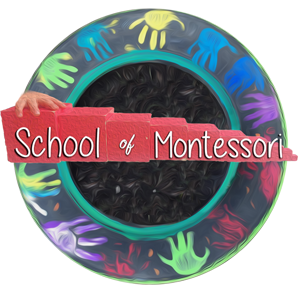- When the figures have been built and placed properly on the rug, show the child that the gray hexagon is equal to two green trapezoids.
- Place the trapezoid on the upper half of the hexagon, and flip over to the lower half while saying: “Two trapezoids are equal to one hexagon.”
- Offer the child a turn.
- Show that the gray hexagon is equal to the three rhombi.
- Pivot the red rhombus (made from the two equilateral triangles) around each third of the hexagon.
- Slide the rhombus off the hexagon and separate the hexagon into three rhombi.
- Offer the child a turn.
- Show that the gray hexagon is equal to the three rhombi made from the obtuse angled isosceles triangles.
- Place the three rhombi directly on top of the hexagon to show that they are the same size. Trace if necessary.
- Slide them off and offer the child a turn.
- Show the child that the pieces from the two different rhombi are equal in surface area.
- Show that the yellow equilateral triangle plus three isosceles triangles are equal to the hexagon.
- Place an isosceles triangle on each side of the equilateral triangle and compare it to the hexagon.
- Allow the child to experiment with the pieces.
- Play games where teacher and child construct shapes with pieces of equal area.
- Have child use paper, pencil, and scissors to experiment.
- Replace the triangles to the box as before, the box to the shelf.
